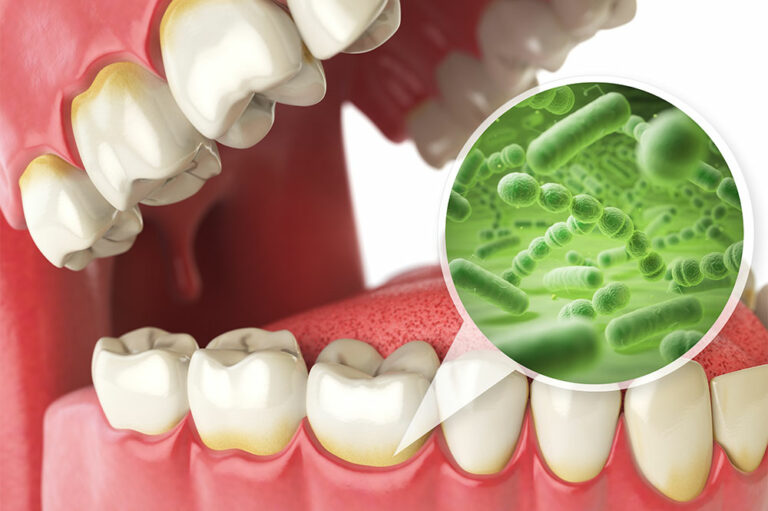
5 digestive conditions and their symptoms
Located between the small intestine and the esophagus, the stomach is the center of the digestive system. In most cases, other health disorders, the consumption of certain foods, the quantity of food consumed, and the timing of meals can upend the digestive process. This leads to the manifestation of several symptoms, including nausea, vomiting, appetite changes, belching, and abdominal pain. Each of these symptoms or combination of symptoms is the result of a specific stomach condition. Here are some of the common digestion-related stomach conditions that trouble almost everyone: Gallstones: Formed in the gallbladder, gallstones are hard deposits of digestive fluid. The gallbladder is responsible for storing and secreting the bile required for digestion, and stones form if the gallbladder does not empty out properly. These deposits also form when there is a high amount of cholesterol or waste products in the bile. Intense pain can occur if the gallstones block the ducts that lead from the gallbladder to the intestines. Medications and surgery are usually the solutions for dissolving or removing the stones, respectively. Gastroesophageal Reflux Disease (GERD) : GERD occurs when the acid in the stomach flows back up the esophagus. A person experiences a burning sensation in their chest due to this.
Read More 











